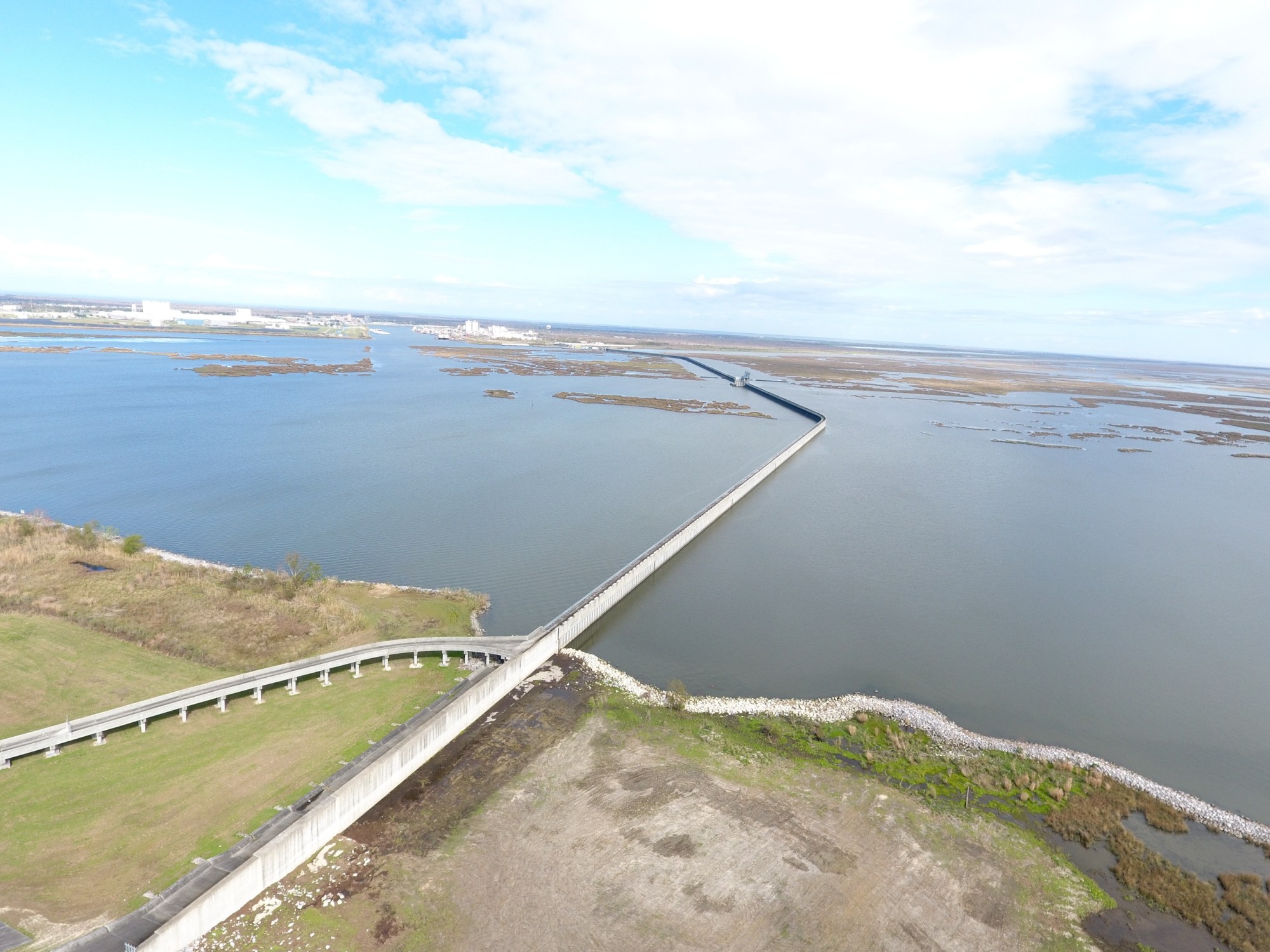Rebuilding Nature’s Defenses: The Oyster Reef Restoration Revolution

In the dynamic realm where the Gulf of Mexico meets Louisiana’s coastal marshes, The Nature Conservancy (TNC) has been a silent guardian, actively working long before the Deepwater Horizon oil spill to rejuvenate the health of this vital ecosystem. Oyster reefs, once prolific and teeming with life, faced numerous challenges—fishing practices, dredging, habitat loss, water quality degradation, and the wrath of storms. However, TNC’s innovative approach to oyster reef restoration is not merely about reviving a fishery but embracing these reefs as critical habitats. Let’s dive into the journey of rebuilding oyster reefs and explore how it harmonizes with the world of kayaking in Louisiana.
Oyster Reef Restoration: A TNC Endeavor
TNC’s commitment to the Gulf is evident in the construction of six miles of oyster reefs in strategic locations, including Vermilion Bay, Grand Isle, St. Bernard Parish marshes, and Calcasieu Lake. The reefs, carefully designed using varied structures like concrete rings and recycled oyster shells, serve as beacons of hope for a recovering ecosystem.
The latest milestone achieved by TNC in 2017 is the completion of a mile-long oyster reef in Calcasieu Lake. This innovative reef, consisting of gabion baskets filled with limestone and shells, mirrors natural oyster reefs. Strategically positioned near the Sabine National Wildlife Refuge, it sits within a protected public harvest area, a testament to TNC’s commitment to both habitat restoration and oyster seed provision.
The Multifaceted Benefits of Oyster Reefs
Guardians of the Coast
Oyster reefs act as formidable shields, protecting coasts and marshes from erosion and the onslaught of storm surges. This coastal defense is invaluable, especially considering the vulnerability of Louisiana’s coastline to the erosive forces of nature.
Wildlife Wonderland
The impact of oyster reefs extends beyond coastal protection. These reefs provide crucial habitats for a diverse array of marine species, including fish, shrimp, and crabs. The northern Gulf of Mexico boasts over 170 documented marine species thriving in and around natural oyster reefs.
Economic Powerhouses
Beyond their ecological importance, oysters and their reefs fuel both commercial and sport-fishing industries. The reefs enhance the habitat for valuable species, contributing significantly to Louisiana’s commercial fisheries, the second-largest in the United States.
Oysters as Both Habitat and Fishery
Louisiana’s coastal marshes are the lifeblood of numerous species crucial to both commercial and recreational fisheries. Approximately 75 percent of the nation’s commercial fish and shellfish, and 80 to 90 percent of fish caught for recreation, depend on estuarine habitats. These fisheries play a pivotal role in the Louisiana economy, providing jobs and economic stability.
TNC emphasizes the dual role of oysters—not just as a fishery but equally as a habitat. Coastal Program Director Seth Blitch aptly notes, “It needs to be both—these are mutually inclusive pursuits.” This integrated perspective underscores the importance of managing oyster resources holistically.
Collaborative Conservation Efforts
TNC’s collaborative ethos extends to Calcasieu Lake, where a coalition for oyster resource management is taking shape. Recent legislation, exemplified by the protection of the Sabine Lake Reef, reinforces the growing sentiment in Louisiana that oyster habitat is invaluable beyond its fisheries. This legislative move aligns with the broader understanding that managing oyster reefs requires a collaborative and comprehensive approach.
Oyster Reef Restoration and Coastal Resilience
Louisiana’s salt marshes, among the world’s most productive habitats, are under threat. The loss of approximately 16 square miles of the state’s coast annually due to complex issues like shoreline erosion has far-reaching ecological and economic consequences.
Coastal marshes play a crucial role in buffering storm energy and stabilizing shorelines. The devastation wrought by recent hurricanes highlights the direct connection between coastal habitats, the fishing industry, and Louisiana’s economy. TNC’s initiative of oyster reef restoration emerges as a direct countermeasure to slow coastal erosion, showcasing the pivotal role these habitats play in preserving billions of dollars of infrastructure and sustaining livelihoods.
Connecting Oyster Reef Restoration to Kayaking in Louisiana
As we explore the narrative of oyster reef restoration, it’s essential to connect this ecological endeavor to the world of kayaking in Louisiana. The intricate waterways, marshes, and coastal areas that kayakers navigate are intricately tied to the health of oyster reefs. Kayaking enthusiasts can witness the transformation of these habitats, marvel at the resilience of restored reefs, and appreciate the delicate balance between ecological conservation and recreational enjoyment.
Conclusion: A Symphony of Nature and Collaboration
The Nature Conservancy’s initiative to rebuild oyster reefs transcends a simple act of habitat restoration; it symbolizes a harmonious collaboration between humans and nature. By understanding the multifaceted role of oyster reefs—protecting coasts, fostering wildlife, and sustaining fisheries—Louisiana charts a course towards a resilient and balanced future.
As we paddle through the waters of Louisiana, let the story of oyster reef restoration be a reminder that our actions, even in the vastness of nature, can orchestrate a symphony of resilience and restoration.
Citations:
- The Nature Conservancy – Oyster Reef Restoration
- Louisiana Wildlife Federation – Oyster Reefs
- National Oceanic and Atmospheric Administration (NOAA) – Oyster Reefs
Embark on a kayaking adventure that intertwines with the narrative of oyster reef restoration—a journey where every paddle stroke echoes the resilience of Louisiana’s coastal wonders.
